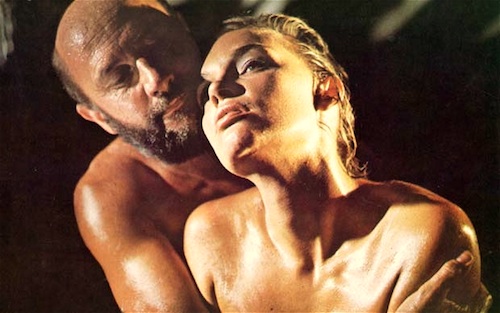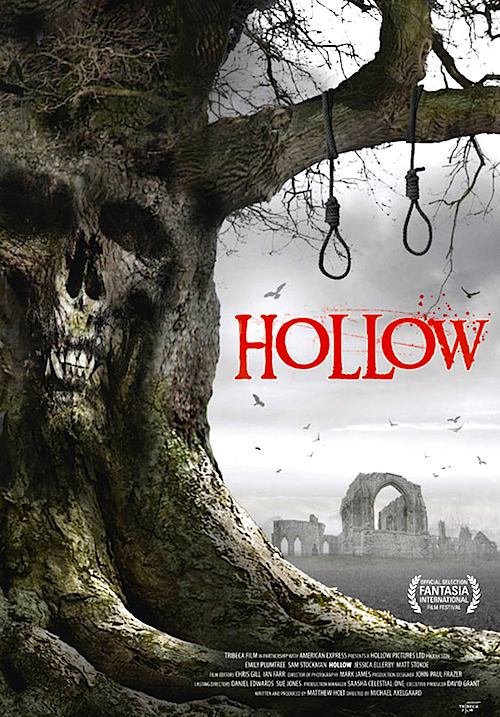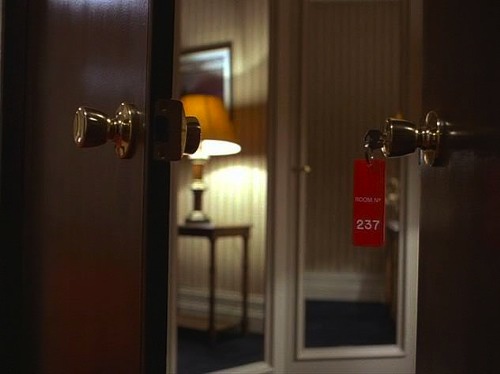By Joe Bendel. Japan is a part of Asia, an obvious but convenient fact for Abbas Kiarostami. After the elegant Tuscan setting of Certified Copy, it seemed advisable to avoid the evil “West” for his next project filmed outside his native Iran. It was probably fortuitous, considering the official Iranian film establishment is indulging in a paroxysm of insanity, withdrawing its official foreign language Academy Award submission in protest of a YouTube video only a handful of people saw, the very year after the breakout victory of Asghar Farhadi’s A Separation. Yet, like Copy, there is still plenty of narrative gamesmanship afoot in Kiarostami’s Like Someone in Love, which screens during the 50th New York Film Festival.
Akiko does not appear to be inclined towards emotional involvement, so her escorting gig is probably a reasonable option to cover her college tuition. Putting off her boyfriend and blowing off her visiting grandmother, she is about to meet a new client. However, retired professor Takashi is only interested in the sort of chaste intimacy she constantly rejects. Nonetheless, she lets her guard down with the old man, falling asleep in his flat. The next morning he drives her to class, where their paths cross that of her boyfriend – and complications ensue.
Kiarostami clearly has an affinity for Japanese cinema, having paid tribute to Japanese auteur Yasujiro Ozu with his cinematic-essay Five Dedicated to Ozu. While there is definitely a kernel of the great master’s work in the way Prof. Takashi relates to Akiko, Someone is a distinctly colder fish. In fact, it presents a rather pessimistic view of humanity, compared to Ozu’s forgiving humanism.
 For an apparently simple story, Someone guards its secrets vigilantly, which gets frustrating after time. Nonetheless, Kiarostami still coaxed some excellent performances from his small ensemble, despite the language barrier. Rin Takanashi (also excellent in the disturbing Isn’t Anyone Alive) takes a star-making turn, so vulnerable yet also such a passive-aggressive presence as the brittle Akiko. Conversely, Tadashi Okuno nearly approaches the pathos of Ozu’s aging protagonists as the lonely professor.
For an apparently simple story, Someone guards its secrets vigilantly, which gets frustrating after time. Nonetheless, Kiarostami still coaxed some excellent performances from his small ensemble, despite the language barrier. Rin Takanashi (also excellent in the disturbing Isn’t Anyone Alive) takes a star-making turn, so vulnerable yet also such a passive-aggressive presence as the brittle Akiko. Conversely, Tadashi Okuno nearly approaches the pathos of Ozu’s aging protagonists as the lonely professor.
Stylishly lensed by Katsumi Yanagijima and featuring a soundtrack of moody jazz classics (the most apt being Duke Ellington’s “In My Solitude,” rather than Ella Fitzgerald’s rendition of the song lending its title to the film), Someone looks and sounds great, almost lulling the audience into a hypnotic trance. Yet, even with the fine work from Takanashi and Okuno, Kiarostami is just too demur and elliptical in his narrative approach to fully engage viewers. Accomplished in many ways, but certainly not a masterwork, Like Someone in Love is recommended mainly for the filmmaker’s dedicated admirers when it screens again this coming Monday (10/8) as a main slate selection of the 2012 NYFF.
LFM GRADE: B-/C+
Posted on October 5th, 2012 at 12:02pm.



